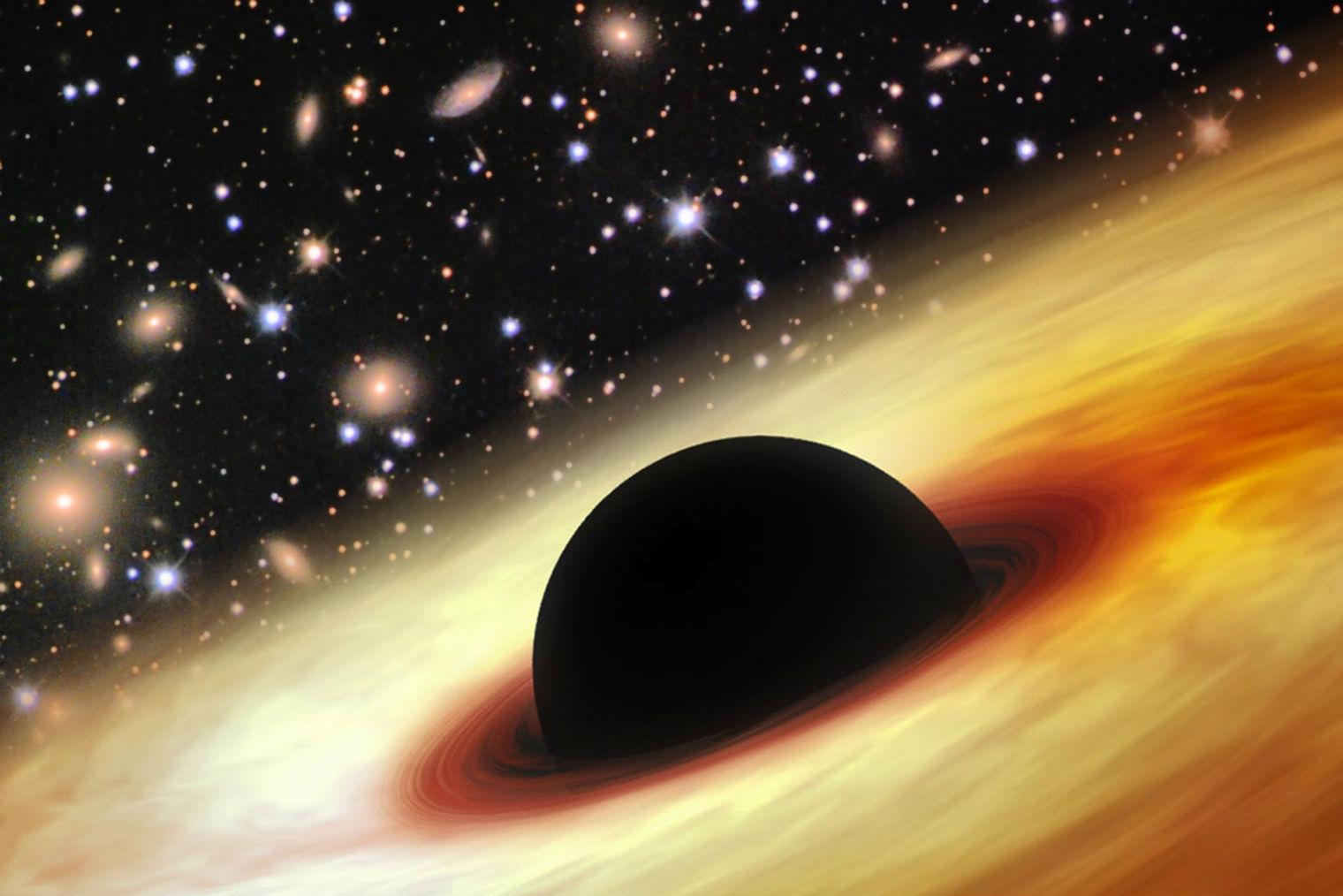First ever picture of a black hole could be taken within days, scientists say
Getting a look at the phenomenon – perhaps the most important portrait ever taken – requires linking observatories all over the world into one huge telescope

Your support helps us to tell the story
From reproductive rights to climate change to Big Tech, The Independent is on the ground when the story is developing. Whether it's investigating the financials of Elon Musk's pro-Trump PAC or producing our latest documentary, 'The A Word', which shines a light on the American women fighting for reproductive rights, we know how important it is to parse out the facts from the messaging.
At such a critical moment in US history, we need reporters on the ground. Your donation allows us to keep sending journalists to speak to both sides of the story.
The Independent is trusted by Americans across the entire political spectrum. And unlike many other quality news outlets, we choose not to lock Americans out of our reporting and analysis with paywalls. We believe quality journalism should be available to everyone, paid for by those who can afford it.
Your support makes all the difference.Scientists might soon take the most important portrait in the history of the universe: a picture of the centre of our galaxy.
Observatories all around the world are being linked up and turned towards one specific part of the universe, getting an image of a black hole that is thought to be swirling there.
That work has just begun and will run into next week, and might shed light on the darkest and most mysterious part of physics.
Black holes have been speculated about in some form since the end of the 18th century, and since then scientists have been working to get a full idea of how they work. But the objects have such a large, compacted mass that even light is pulled into them – and so they are by definition impossible to see.
Scientists have worked instead to observe them indirectly. That has included, for instance, the breakthrough measurement of gravitational waves that happened last year – detecting the shockwaves of a collision between two black holes far out in the universe.
But scientists now hope to see one of those black holes for the first time ever, or at least the event horizon that forms the boundary around them. The event horizon is the point at which anything beyond – including light and matter – is sucked straight in.
When stuff passes over that boundary, it lets out intense radiation or a special "death cry" that serves as a last record of its existence. Scientists hope they can pick up that radio wave through space and thus get the first ever image of a black hole.
The work at the Event Horizon Telescope aims to pick up that radiation. It will do so by looking towards the black hole at the middle of our milky Way galaxy, which is 26,000 light years from Earth and 4.5 million times as big as our sun.
At such a distance, it's hard to see anything in detail, especially since the object can only be seen at a small angle. But by linking lots of telescopes together, the researchers can see far more fine details.
That work began on 4 April and will run until 14 April. Scientists and computers will then have to pore through that information, looking out for the black hole they hope to see.
Join our commenting forum
Join thought-provoking conversations, follow other Independent readers and see their replies
Comments